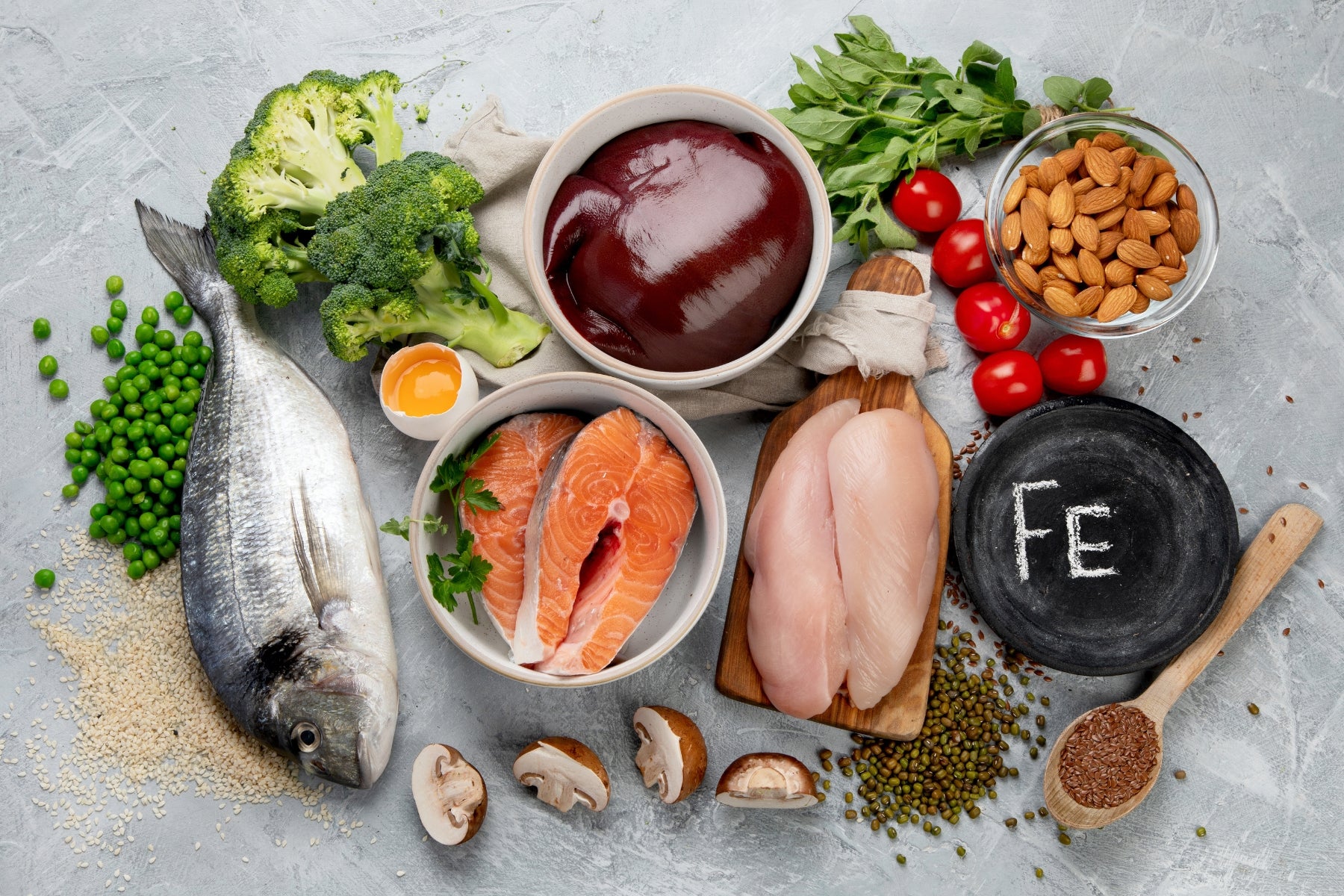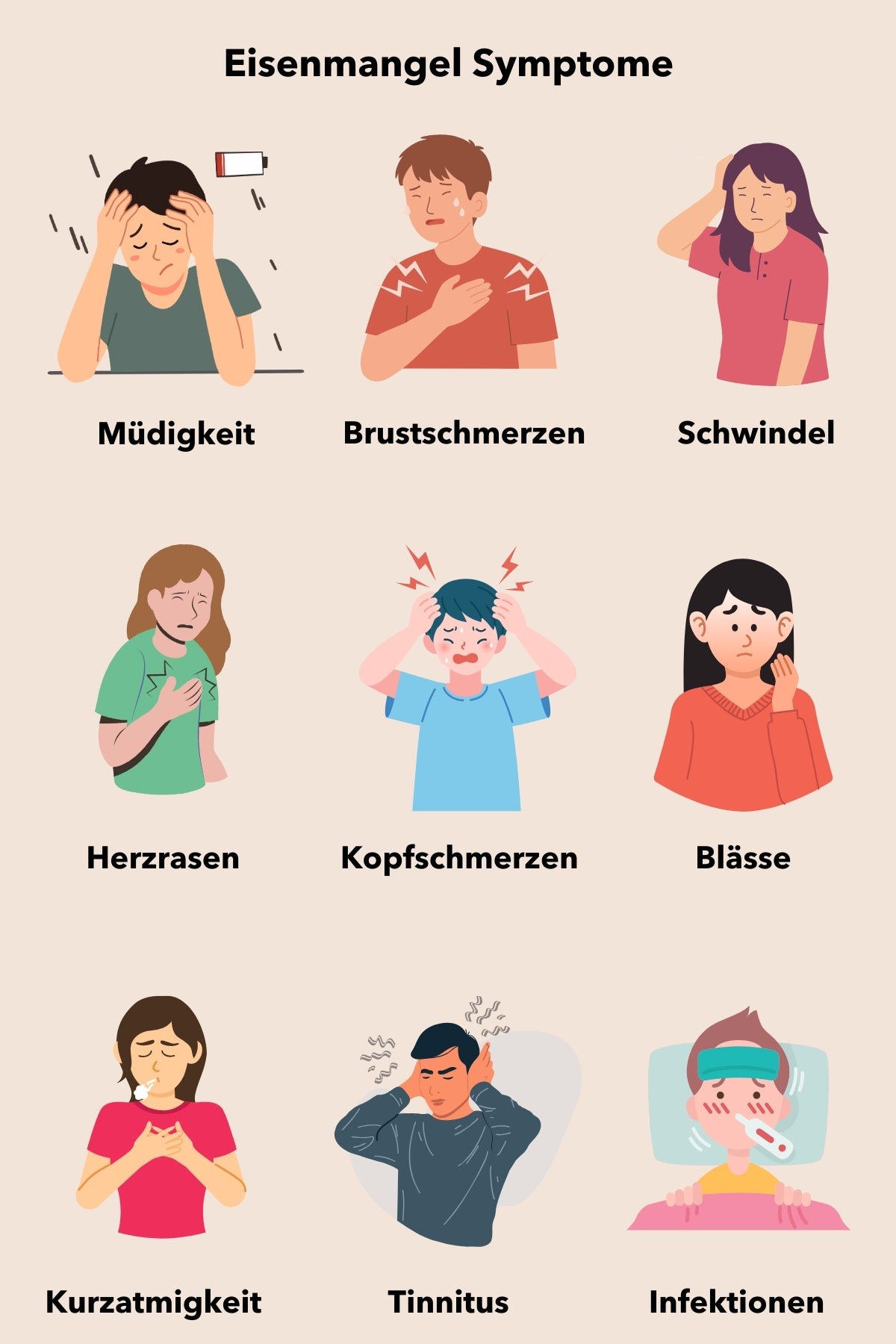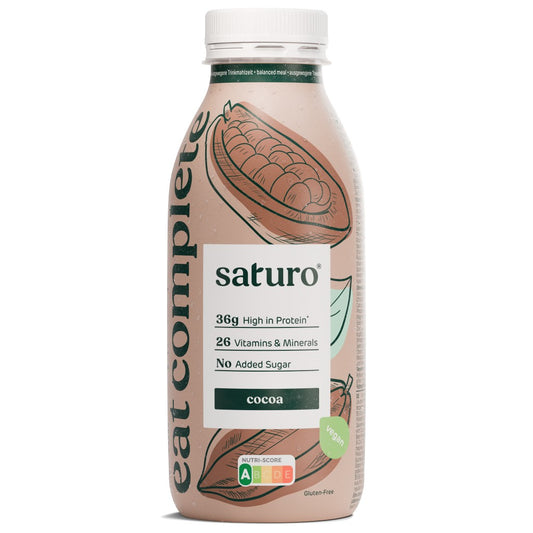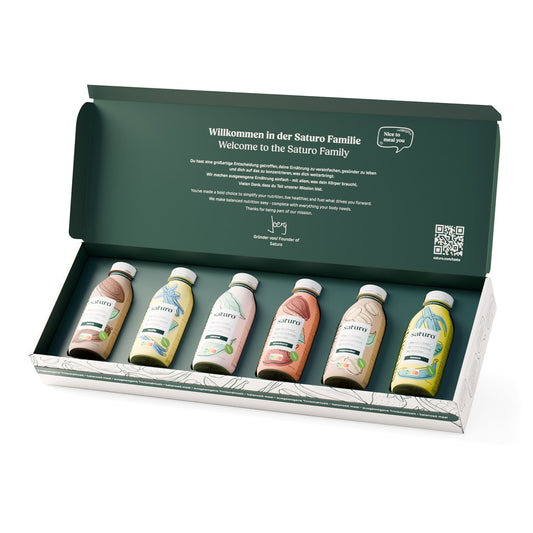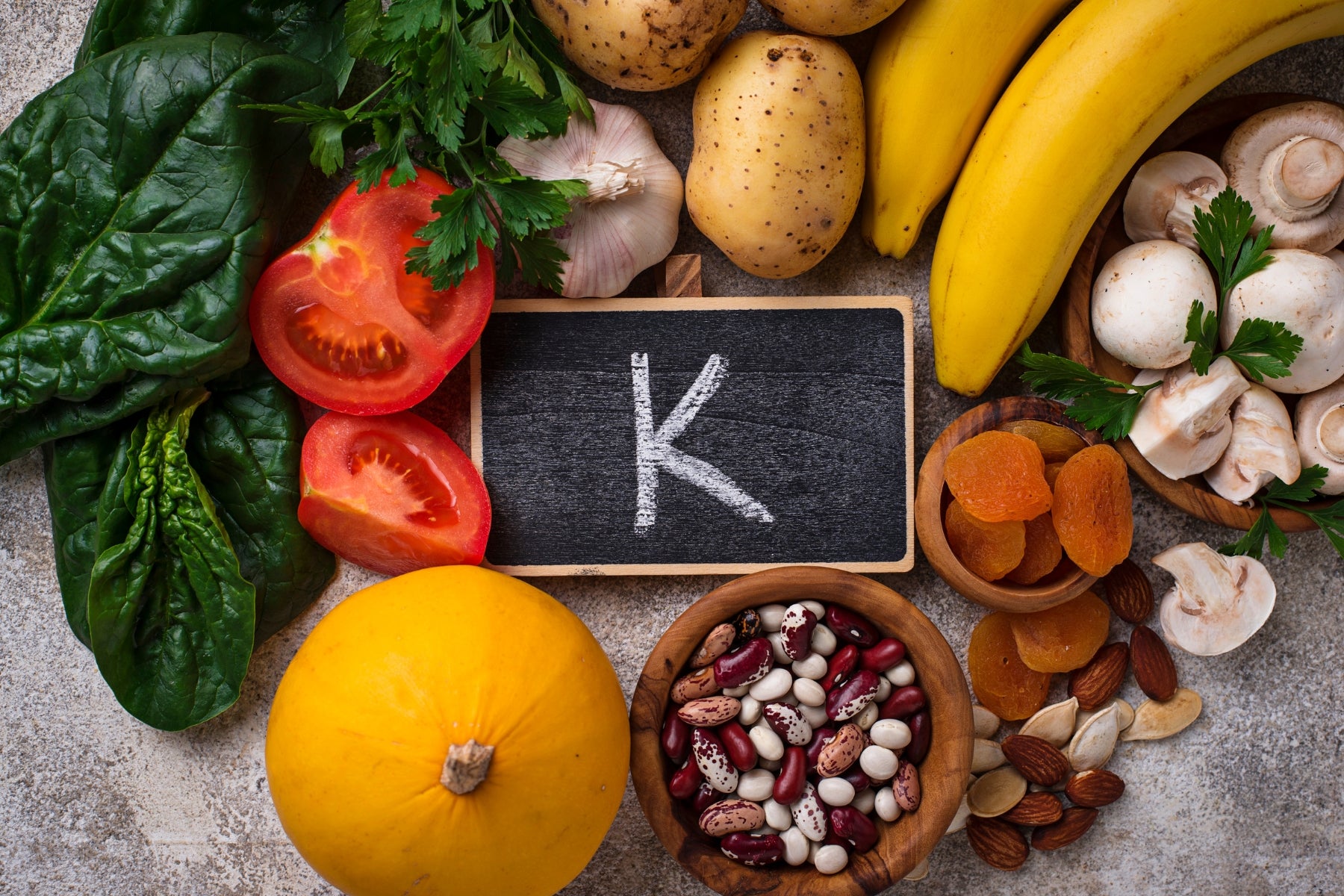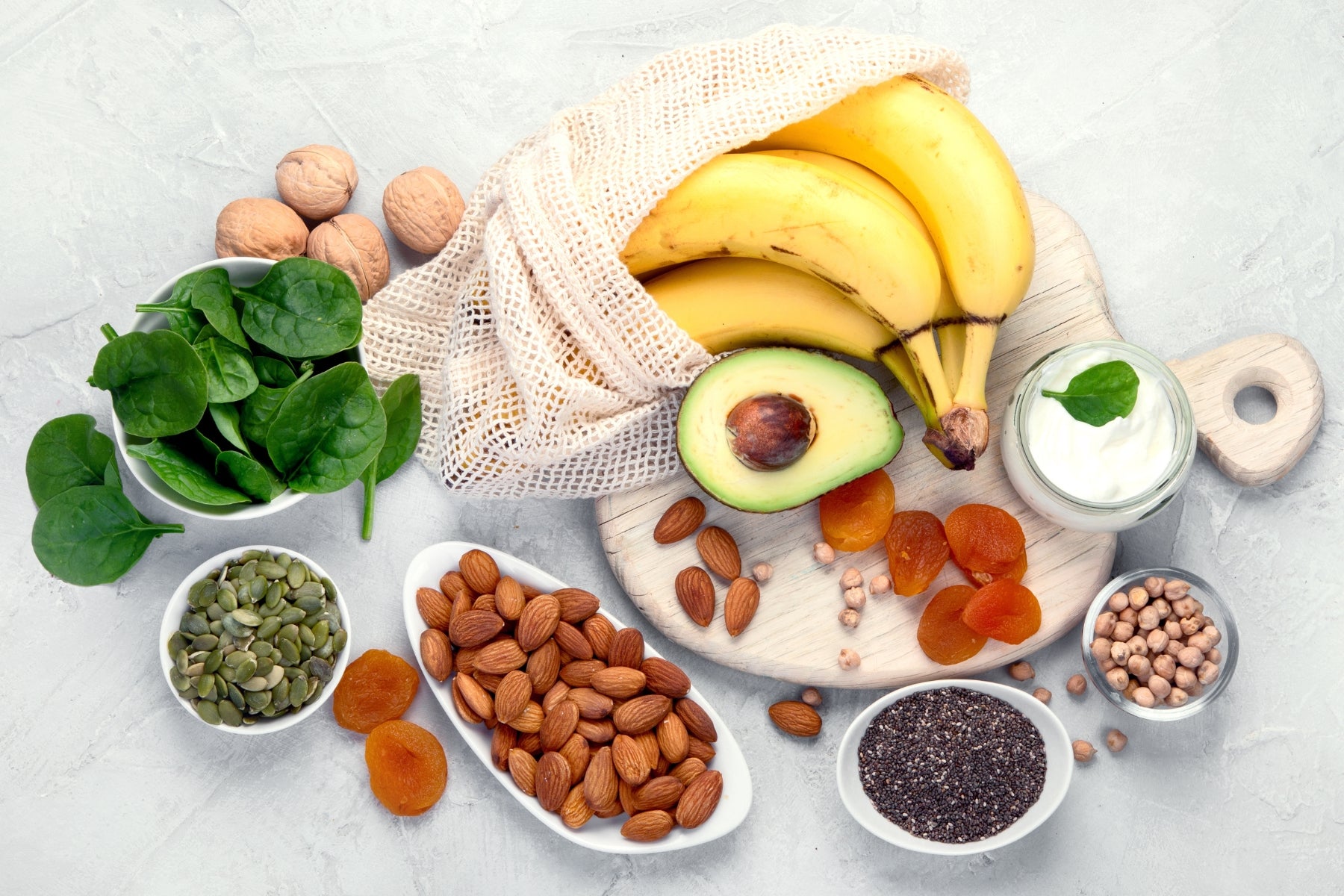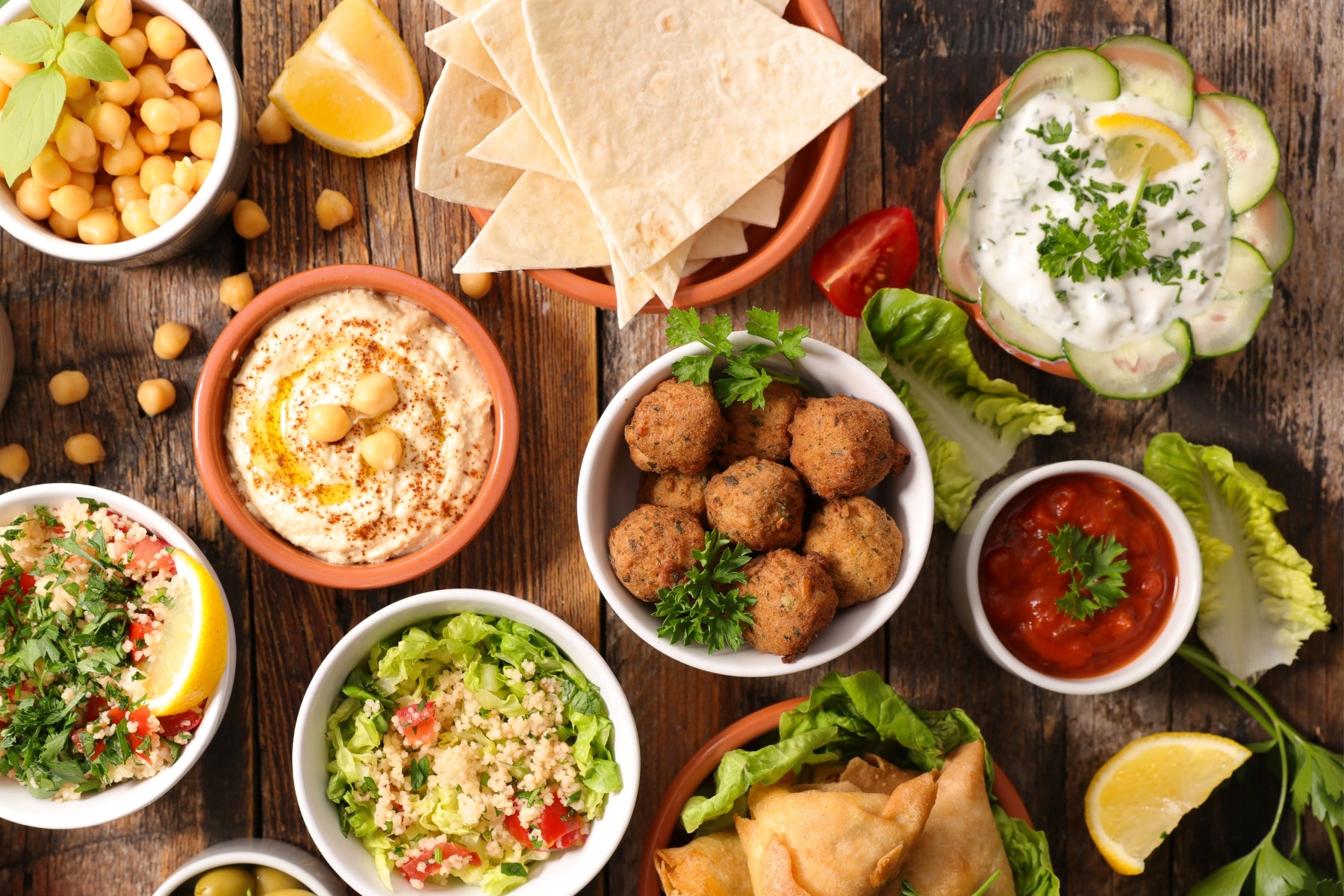Contents
1
What is iron deficiency and how much iron do you need every day?
2
Iron deficiency symptoms
Iron deficiency symptoms in women
Hair loss in the event of iron deficiency
Eisenmangel Symptome Psyche
3
Iron deficiency during pregnancy
4
Causes of iron deficiency
5
What to do about iron deficiency?
Iron tablets
6
Iron deficiency self -test
7
Eisenmangel Folgen Haarausfall
8
Eisenmangel Haarausfall
9
Iron in food
Vegan iron sources (per 100 g)
Animal iron sources (per 100 g)
Drinking meals against iron deficiency
Contents
1
What is iron deficiency and how much iron do you need every day?
2
Iron deficiency symptoms
Iron deficiency symptoms in women
Hair loss in the event of iron deficiency
Eisenmangel Symptome Psyche
3
Iron deficiency during pregnancy
4
Causes of iron deficiency
5
What to do about iron deficiency?
Iron tablets
6
Iron deficiency self -test
7
Eisenmangel Folgen Haarausfall
8
Eisenmangel Haarausfall
9
Iron in food
Vegan iron sources (per 100 g)
Animal iron sources (per 100 g)
Drinking meals against iron deficiency
Vegan iron sources
| Vegan iron sources | Iron content per 100 g |
|---|---|
| 1. Spirulina (dried) | 29 mg |
| 2. Sesame | 15 mg |
| 3. Morcheln (raw) | 12 mg |
| 4. Tomatoes (dried) | 9 mg |
| 5. Tahini | 9 mg |
| 6. Pumpkin seeds | 9 mg |
| 7. Hemp seeds | 8 mg |
| 8. Chia seeds | 8 mg |
| 9. Goji berries | 7 mg |
| 10. Cashwnuts | 7 mg |
Animal iron sources
| Animal iron sources | Iron content per 100 g |
|---|---|
| 1. Inkfish (cooked | 11 mg |
| 2. Lamb liver (fried) | 10 mg |
| 3. oysters (cooked) | 9 mg |
| 4. Mussels (cooked) | 7 mg |
| 5. Beam liver (fried) | 6 mg |
| 6. Bellar steak (grilled) | 5 mg |
| 7. Sardens (in oil) | 5 mg |
| 8. Wild meat (cooked) | 4 mg |
| 9. Cattle wood meat (cooked) | 3 mg |
| 10. Gans (fried) | 3 mg |
